If you're carrying in your vehicle, one of the most important components to get right is the position of your pistol holster mount. Quick access in a high-stress moment can be a game changer, but sloppy placement can cause delays, discomfort, or even safety concerns. Whether you're using your car for daily drives or long trips, having your mount set up the right way can make a big difference.
The purpose of alignment isn't just about personal preference. It's about finding the best spot that balances reach, visibility, stability, and security. When done the right way, your holster mount won't shift during travel, won't block any vehicle controls, and will always sit where your hand naturally falls. The good news is, after learning a few basics and following easy steps, your mount can stay in place without much effort. Here’s what to know before securing a holster in your ride.
Understanding The Basics
Before diving into alignment, let’s quickly define what a pistol holster mount for a car actually is. At its core, it’s a tool that holds your firearm inside the vehicle. It’s usually fixed to an interior part such as under the dash, beside the center console, or along the driver’s seat. It keeps your firearm safe but accessible, giving you confidence and quick reaction if needed.
There are a few types drivers tend to use:
1. Magnetic Mounts
These use strong magnets to hold the pistol in place. They offer fast access but require secure and proper placement, especially in cars where vibrations and sudden stops happen often.
2. Strap or Hook-Based Holsters
These use Velcro, elastic, or other materials to mount a more traditional holster inside the car. They're reliable for stability and are found in setups where speed is not the top concern.
3. Quickdraw Slide Mounts
Built for speed, these allow a fast pull without needing buttons or straps. They’re useful for experienced users who value quick access during motion-heavy moments.
Each type works best depending on where you want to install it and how often you need access. For example, magnetic styles suit folks who want quick draws near the steering wheel or beneath the dash, while straps may be better alongside center consoles for a more secure feel.
Picking the best location often starts with where your hand lands naturally when seated. Try different spots. Some drivers mount near the console to the right, others under the wheel or next to their leg. What matters most is that it’s stable, doesn’t interfere with driving, and doesn’t require you to twist or lean awkwardly.
Steps For Proper Alignment
Aligning your pistol holster mount for a car the right way doesn’t need fancy tools, just a little planning and patience. The goal is to make sure you can reach it without moving too much, all while keeping it firmly locked in place.
Here’s a simple set of steps to get it done:
1. Pick The Right Location
Sit down in your normal driving position. Reach your hand out to different areas near the seat, dash, and console. The best spot lets you grab without leaning, stretching, or bumping into gear shifts or seatbelts. Make sure it won’t get in the way of entering or exiting the car.
2. Test Fit Before Locking It In
Use painter’s tape or markers to hold the mount temporarily. Move the seat forward and backward, open and shut the door, and sit down again to double-check the comfort. Twist your body gently while seated to ensure the mount stays within natural range. This step helps avoid placing it where blocks or tight corners might make it harder to use down the road.
3. Secure It Tightly
Once you’ve found the best spot, fasten the mount using the screws or hardware it came with. Try to avoid adhesives unless they’re graded for high temperatures or built for auto surfaces. Screws into sturdy plastic or fabric-backed sections work better for long-term hold. A shaky mount isn’t just annoying—it’s risky.
4. Drive Test
Take your car for a spin. Turn corners, hit some bumps, brake and accelerate gently. Listen for rattling or shifting. Try drawing your gun while parked. If anything feels off, pause and make small adjustments. A good mount feels like an extension of your hand after a few rides.
5. Keep the Trigger Covered
No matter your mount type, always keep the trigger guard protected. An open trigger area is asking for accidents, especially when you’re stepping in and out of tight seats. There’s no tradeoff worth avoiding that safety step.
Once your mount feels steady and naturally placed, you’re set. Just remember it might need small tweaks over time based on road bumps, climate, or how often you adjust your seat.
Common Alignment Mistakes to Avoid
A few alignment missteps can make even the best mounts frustrating. One frequent mistake is placing the holster too far up or down, causing awkward stretches when time matters most. Sit normally and test reach while your seat is adjusted to how you typically drive. Don’t install while standing outside the vehicle or with the seat reclined far back.
Another issue is setting the mount at an odd angle. If you have to twist your wrist or reach in a strange direction, that’s a red flag. Your mount should support quick, natural motion.
Loose screws or using weak adhesives come up way too often. If it moves even a little when you tug, it’s not secure enough. Car interiors are built with moving parts and vibrations in mind, so even the slightest rattle today could cause bigger problems tomorrow.
Misjudging surface types can throw off adhesion too. If you install over dust, oil, or uneven fabric, it might not bond well. Always clean surface areas with a mild wipe before mounting.
To avoid problems long term, build the habit of checking it monthly. Drive over a few bumps, feel for wobbling, and inspect the area around the mount for wear marks. If you hear new sounds or spot loosened screws, it may be time for a quick touch-up.
Tips for Ongoing Maintenance
After alignment, regular upkeep keeps the whole setup reliable. We encourage monthly checks, especially if you live where there’s big temperature swings that could affect adhesives or plastic cases.
Tighten any screws that seem loose. If your mount includes magnets, check that the magnet is still pulling tightly. If things feel weaker or your firearm wobbles in the holder, replace any worn components.
Wipe down the mount area now and then to cut down on dust or dirt that builds up near the holster. Pay attention to moving parts or parts that flex—it’s a good idea to use a bit of firearm-safe oil. Just don’t oversaturate to the point where gunk builds up from road dust or crumbs.
If you notice any scuffs or pressure marks on the car’s interior, placing a soft liner under the holster base can help. You want your mount to function without tearing up the dash, console, or seat you’ve anchored it to.
Like any part of your setup, regular attention is the difference between reliable function and frustrating surprises on the road.
Keep Your Carry Road-Ready
A well-aligned pistol holster mount for a car means safer access, smoother driving, and peace of mind—wherever the road takes you. The key is designing a setup around your needs, choosing the right spot for your build and vehicle, and keeping up with quick inspections every so often.
Make those little adjustments as your habits or car accessories change. If anything starts to feel loose or off, take a few minutes and check it before your next drive.
Carrying inside a vehicle calls for confidence, comfort, and readiness. That starts with a smart holster setup that stays out of the way until you need it—and works every time. An aligned mount makes a big difference when it matters most.
For a setup that offers both functionality and peace of mind, take a look at the selection from VULCAN Arms. You’ll find everything you need to ensure your pistol holster mount for a car is secure, easy to access, and ready for whatever the road brings.
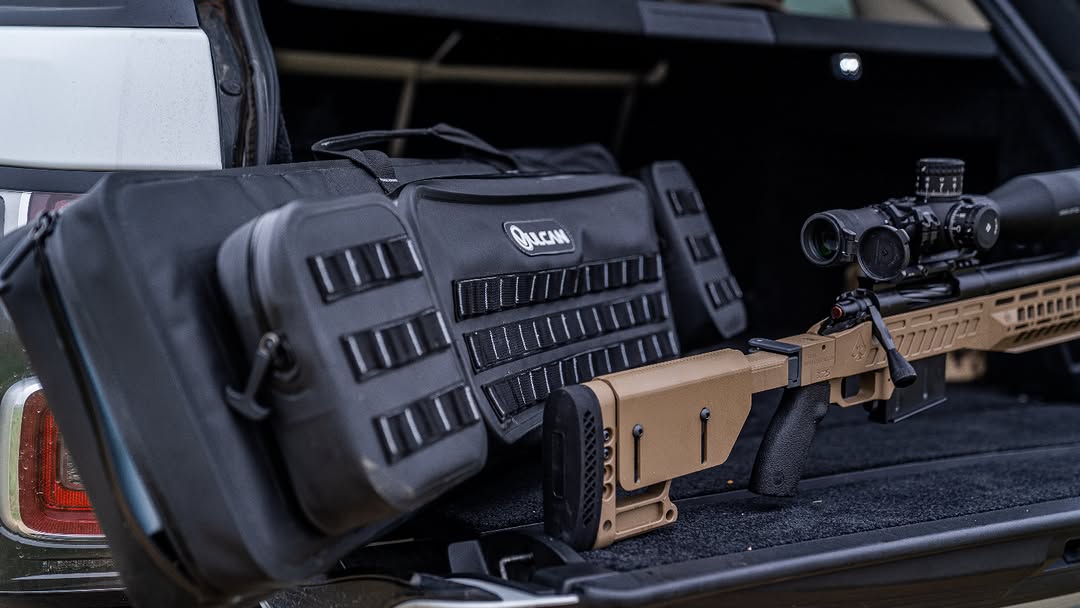




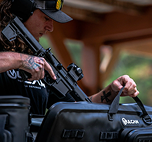
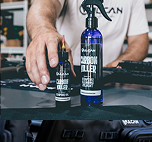
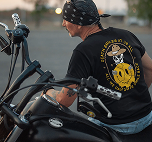
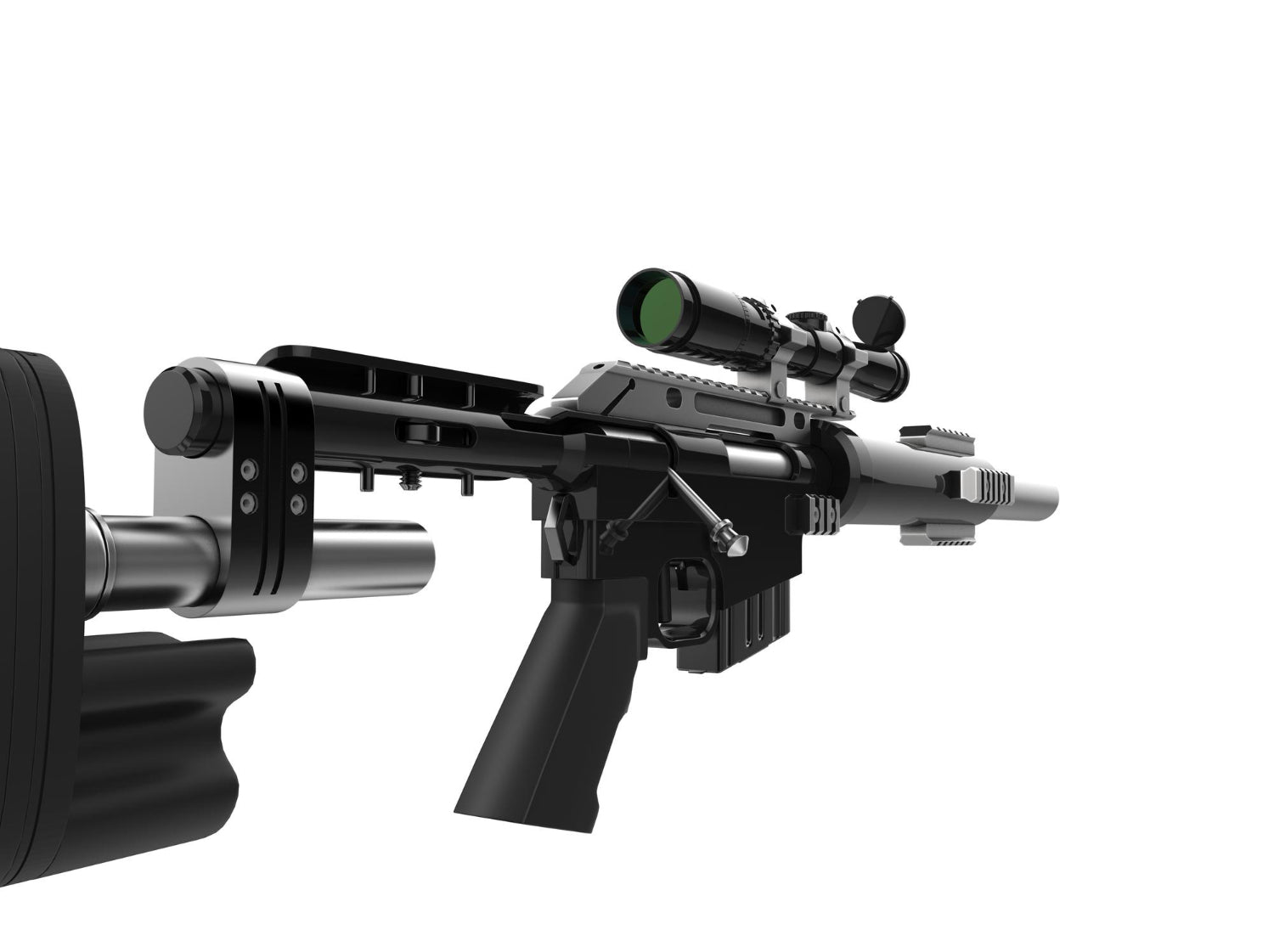
Share:
What to Do When Your Rifle Case Gets Wet
Smoothing Out Quick-Draw Holster Action